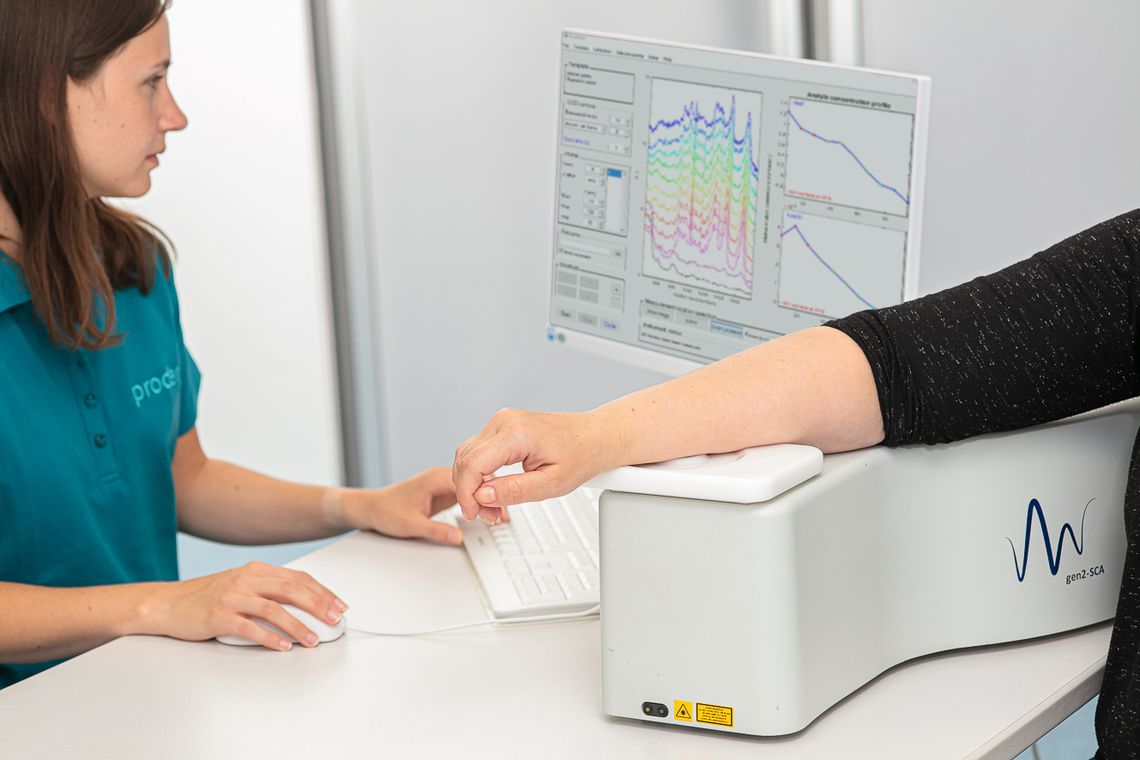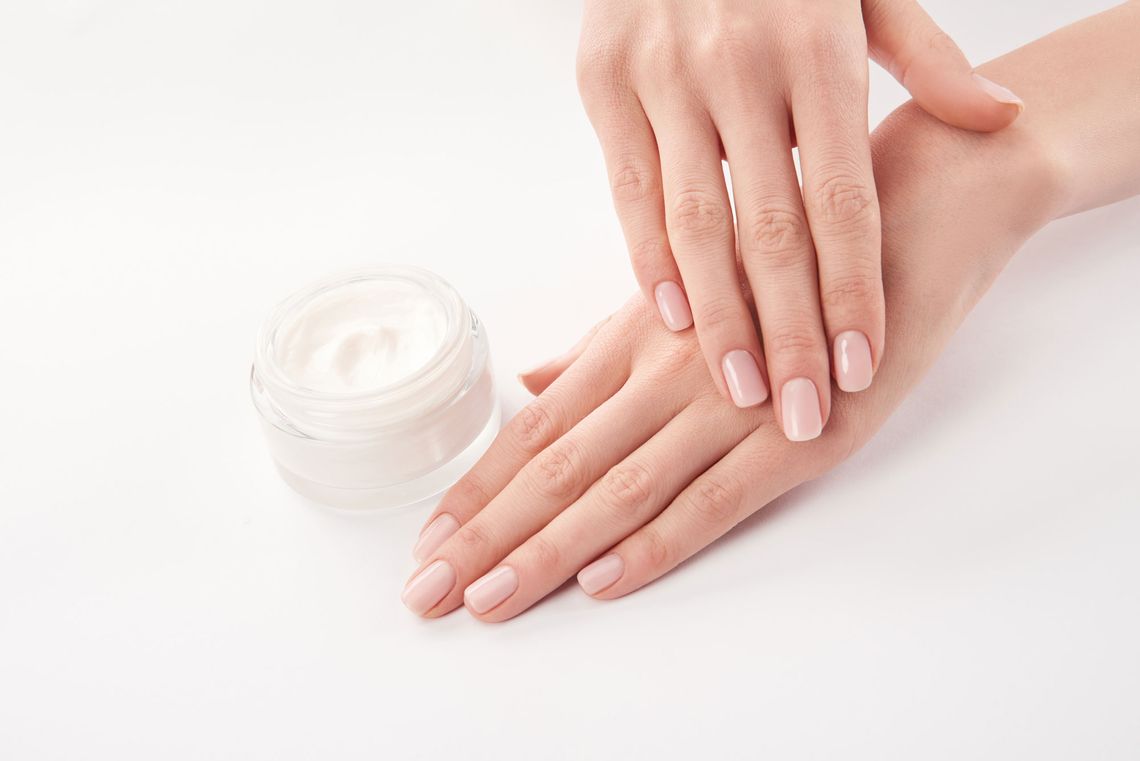Innovative approaches to measure skin hydration
Measuring skin hydration in humans can be a complex process due to the nature of instruments (despite ease of use), what is actually being measured, and how relevant this is to the consumer. Classic methods used for measuring skin hydration rely on measuring water capacitance and/or transepidermal water loss (TEWL) using e.g. a Corneometer or an open or closed chamber TEWL-probe. More advanced methods can provide moisture imaging or even molecular information on not only the water content in different layers of the stratum corneum, but also the state of its molecular mobility. This article aims to present two of such advanced methods.


Using the Biox Epsilon

Moisture Imaging Systems such as the Epsilon® measure the skin hydration by assessing the electrical permittivity e (epsilon = di-electrical constant) or the capacitance. Moisture imaging systems have ~20 micron sensing depths that confine the measurement predominantly to the stratum corneum. The system has 76800 sensors on an area of 12.8 x 15 mm, whereas standard devices have only one. Its signal processing technology converts the non-linear sensor output into a linear and calibrated response, which then correlates highly to other di-electrical devices such as the Corneometer values. This technique can visualize dynamic parameters of hydration e.g. in a Moisture Accumulation Test (MAT). A video is taken and shows the accumulation of water under occlusive conditions by the sensor. The Area Under the Curve (AUC) is defined as the area over the time points of measuring epsilon on the occluded area during the live video. The bigger the AUC the higher is the mean moisture accumulation per time.
Using Raman spectroscopy

Using Raman spectroscopy, we can determine certain molecules in the skin without damaging it. Raman is by far the most advanced method for studying skin “hydration” in vivo and measures the vibrational properties of molecules via the inelastic light scattering. This provides information on the molecular composition and structure of the skin. It is a laser-based, non-invasive method that enables the measurement of various parameters. Raman confocal spectra in the high wavenumber region highlighting the bands of CH stretching and OH stretching can be used for the calculation of water content and of the water molecules in different states based on their mobility. Up to three states: “bound," "intermediately mobile" and "most mobile" water can be discriminated. Raman spectroscopy is a non-destructive, non-invasive technique which can be used to monitor skin hydration depth profiles, water gradients in tissue, drug delivery profiles and NMF (natural moisturizing factors) composition. Detailed information regarding the molecular composition of the skin can be read from the positions, relative intensities and shapes of the bands in the acquired Raman spectra.
To conclude, with the rapid advances in skin care innovations and the increasing desires of consumers for solid performance products, expectations for “moisturizers” to deliver are very high. Valid instrumental developments to provide claim support are not only keeping pace with product technologies and consumer needs, but also contributing to the continued advancements in skin barrier function knowledge and hydration processes. Combining such instrumental methods with consumer self-assessed and expert witness adds gravitas to the weight of evidence generated for hydration studies.




